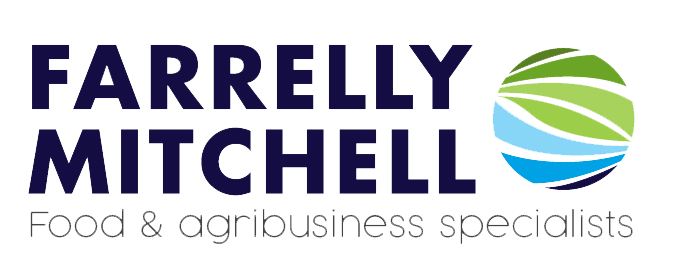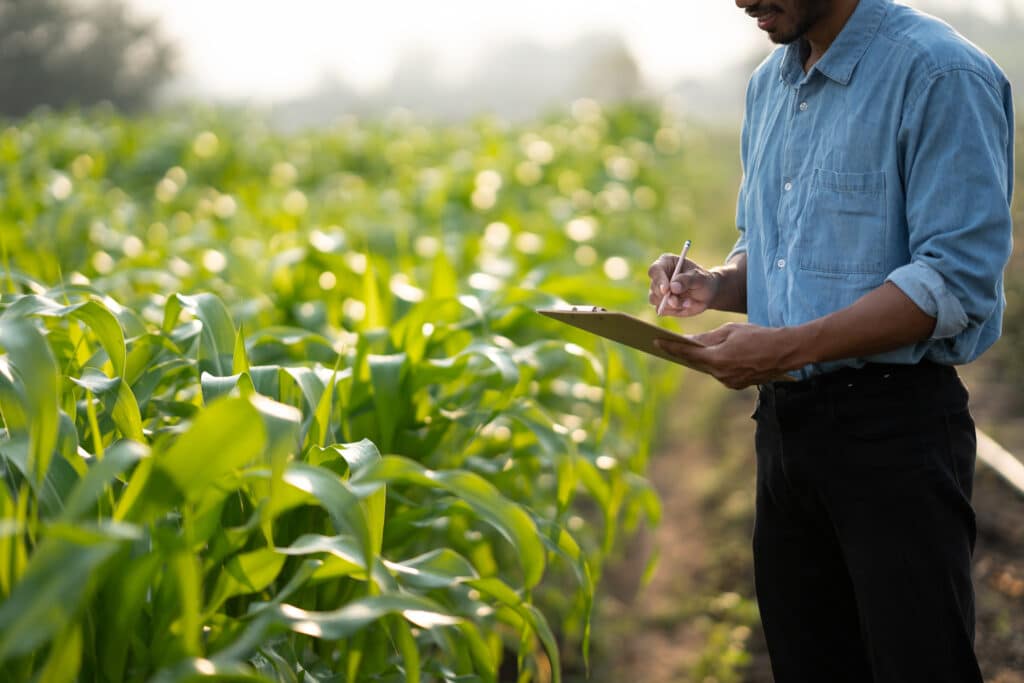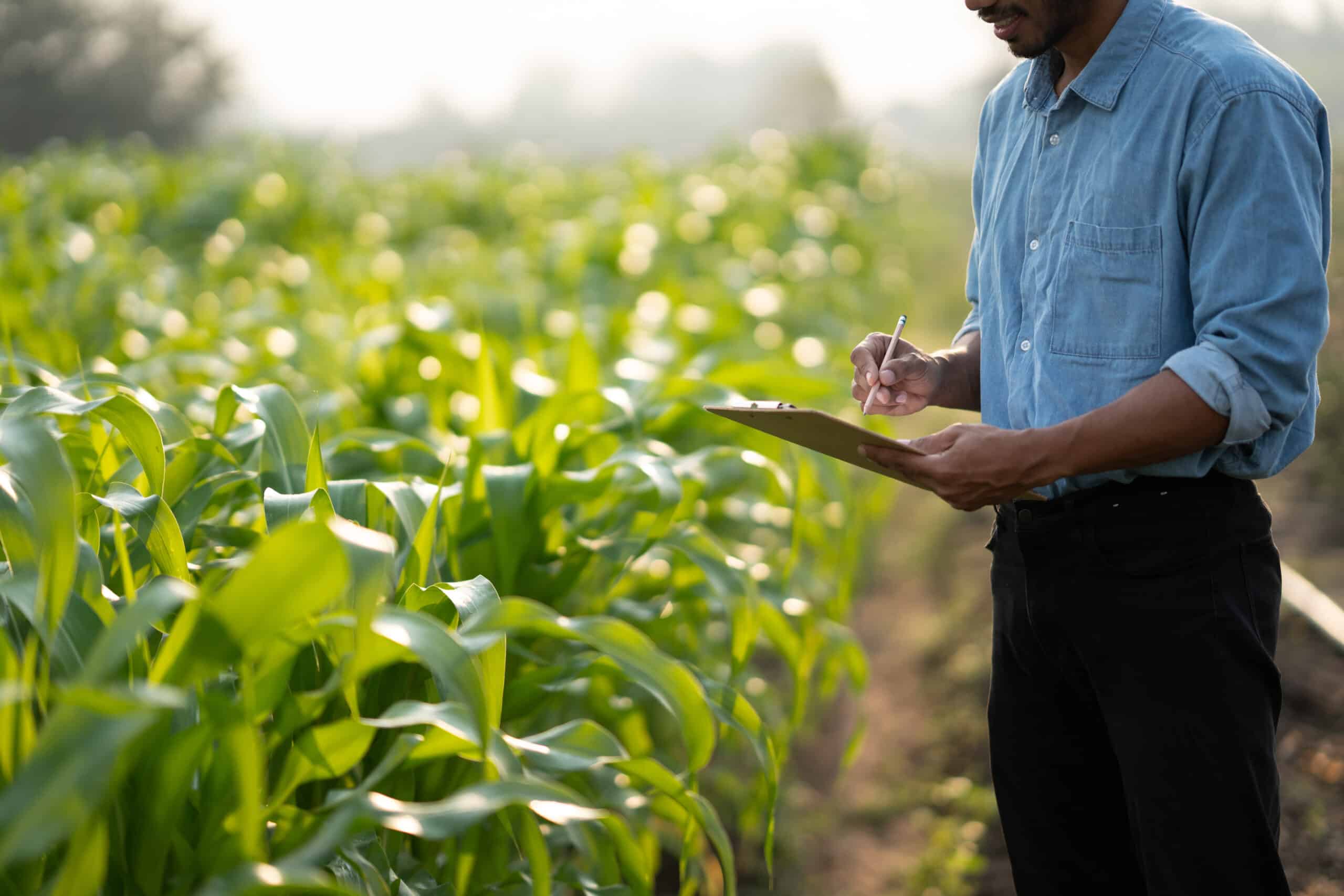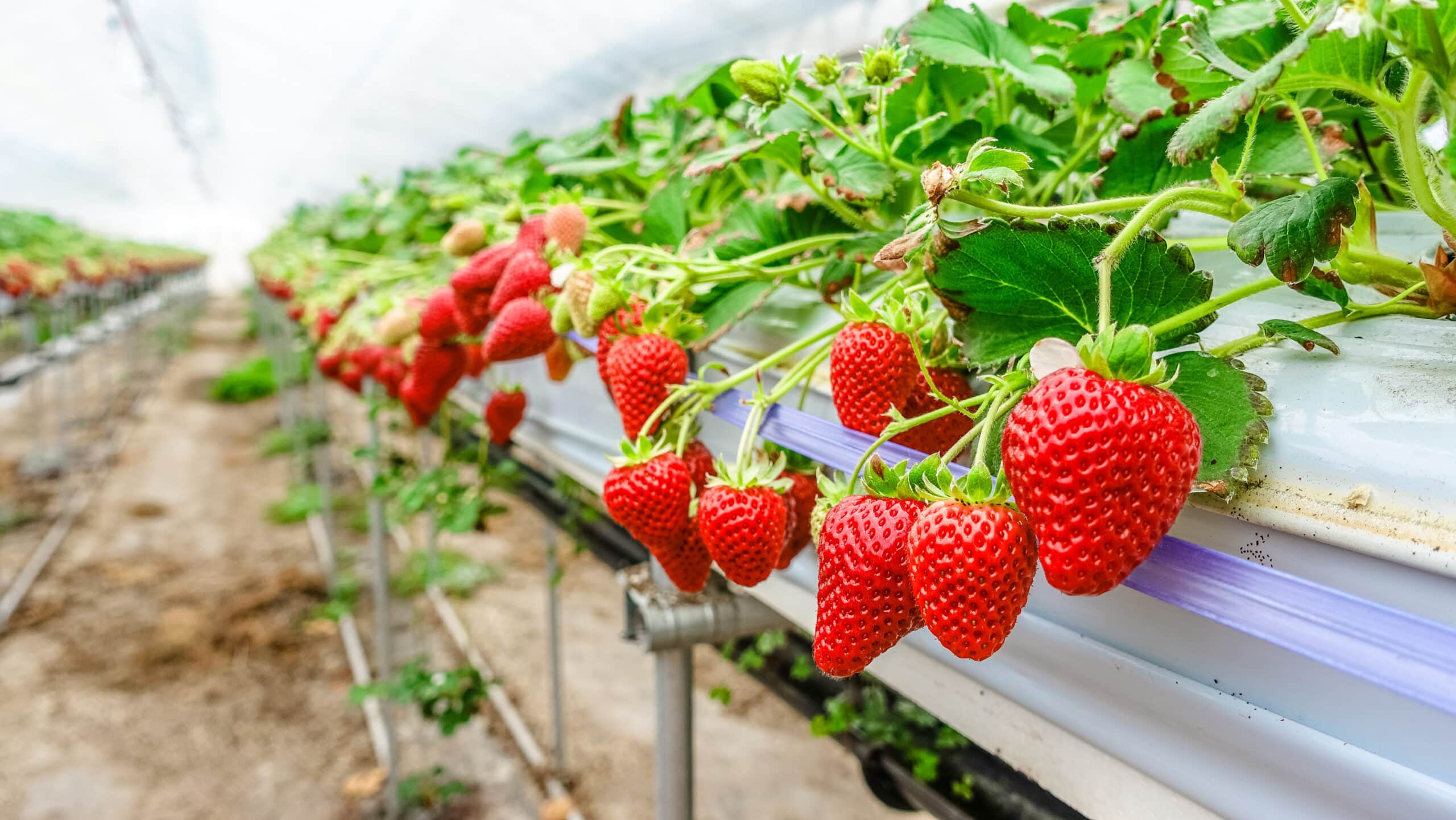Successes and Challenges Faced by the Largest Low-Carbon Organic Wheat Project in the U.S.
The following article was originally published by the New Ag Investment Company on Mon 16 June 2025
On the eastern plains of Colorado, there is a ground breaking project working to produce low-carbon organic wheat while improving soil health characteristics, integrating livestock in a rotational grazing program, and preserving water resources. At 6,300 acres, it is the largest project of this nature ever undertaken in the U.S., to our knowledge.
Much has been written about reducing the carbon footprint along the value chain in the food and agribusiness sector. Some of the focus has been on the use of offsets to lower the overall footprint, and some attention has been given to changes in farming practices that reduce the footprint by lowering reliance on certain inputs derived in large measure from natural gas, namely most nitrogen fertilizers.
This current project, involving three family farms as owners, began in 2023 with the goal of finding ways to balance the reduced use (or non-use) of synthetic inputs with the goals of achieving regenerative status, as well as organic certification. The goal was not simply to attain the highest yielding wheat crop, but rather, to achieve a low unit cost of production, and to fetch premium prices for the wheat while building soil health and establishing a lower carbon footprint.
The primary limiting factor to the project is rainfall. The lack of which makes it difficult to use one of the basic tenets of regenerative practices, namely, cover crops— due to those crops using soil moisture otherwise needed for the following cash crop. The alternative, in this case, was to maintain high levels of vegetative residue on the land during the preparation phase before planting. The wheat will then be harvested using a stripper header, which is a means of leaving virtually all of the plant stalks standing (as compared to traditional harvest methods). While that standing stubble is not a “cover crop” in the sense of having a living root, it does serve the purpose of minimizing soil erosion from wind and water, while its gradual breakdown will add some organic matter to the soil and reduce evaporative loss as compared to bare soils.
The project has encountered some skepticism along the journey towards producing low-carbon wheat. Part of the reactions stem from differences within the agribusiness sector when it comes to “talking the talk,” and “walking the walk.”
While there are some similar projects using the same standards to measure the carbon footprint of corn being grown for use in ethanol production(the 45Z tax credit program), to our knowledge, there is no other project in the U.S. akin to this current large-scale, low-carbon project involving wheat. Outside of the U.S., a low-carbon oat flour project is underway in Norway including a farmers’ group, a fertilizer company that is producing inputs with a lower carbon footprint, and a grocery chain that is selling bread made with the low carbon oat flour. And likewise, in the UK, there has been recent news of a similar project.
Therefore, one of the challenges being faced by our clients is the lack of a benchmark for “low carbon” in the context of wheat production. In the case of the 45Z tax credit for corn, there is a CI (Carbon Intensity) score based on certain changed practices (fertilizer usage, cover crops, reduced tillage, and so forth), but we are not aware of anything similar for wheat and other food crops.
In this regard, the project manager on the Colorado farm designed a carbon footprint calculator that compares the practices being employed with those of a typical Great Plains wheat farm. The calculations are relatively straightforward inasmuch as they consider fuel usage, fertilizer, and other inputs ranging from land preparation through harvest, applying guidelines that are published by area agricultural colleges and others in the private sector, regarding fertilizer usage to attain normal wheat yields in the area.
The conclusions taken from the analysis to-date, is that the current farm project has a carbon footprint that is about one-third of the norm for Great Plains wheat farms. Using the GREET model that is the basis for the 45Z tax credit calculations for corn, the difference is even more striking. The primary reason for the large differences is the absence of synthetic fertilizers on this farm.
The potential yield impact from the lack of fertilizer usage was offset by the presence of levels of soil organic matter and soil carbon that are about 2X the typical eastern Colorado farm, thanks to regenerative practices in use on the farm maintaining those levels.
Further, as part of the process to show a “third-party verification” of the underlying features of the wheat produced, the farm signed up with Regenified, a “practice-and-outcome-based land verification and product certification program” geared towards matching growers who are using regenerative practices with end-users who will pay a premium for such practices.
According to the farm manager, the partnership has been very helpful in getting the word out within the milling and baking industry about this unique project. The Regenified process, which is based on a USDA approved standard, includes detailed field level inspections as well as the use of standards for growers to follow in order to attain a higher “tier” status. The higher the tier status, the greater the opportunities for growers, and the companies with whom they work, to promote good environmental practices.














